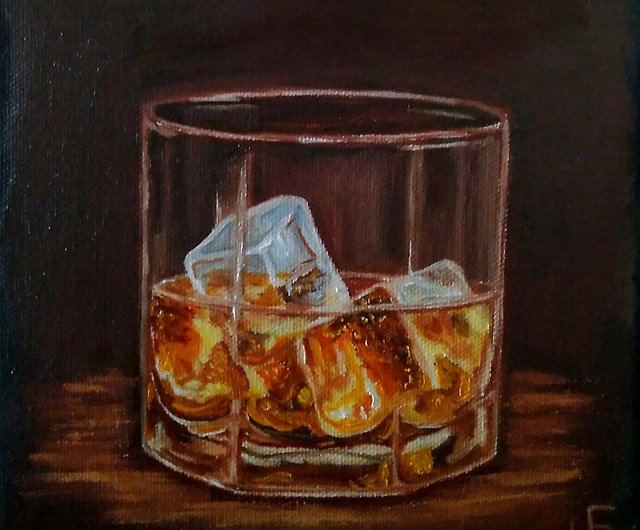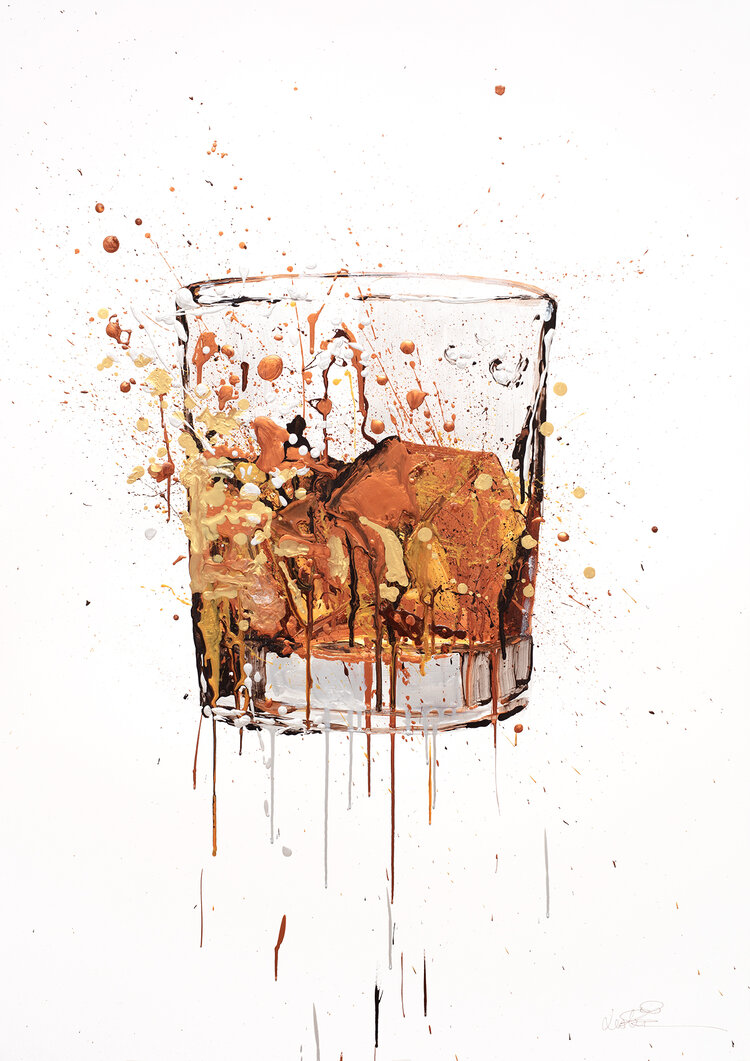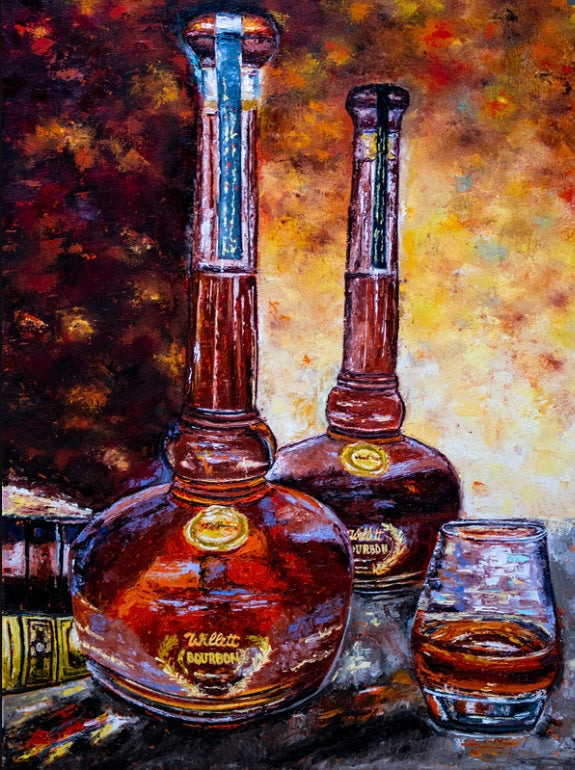Limited Edition Bourbon Art: Why Collectors Are Crowding to Special Finds
Limited Edition Bourbon Art: Why Collectors Are Crowding to Special Finds
Blog Article
The Value of Whiskey Art in Celebrating Heritage and Craftsmanship in the Beverage Sector
The intricate partnership in between scotch art and the celebration of heritage and workmanship within the drink industry can not be overemphasized. Via thoughtfully made bottles and labels, bourbon brand names encapsulate their historic origins and the artisanal skills that specify their manufacturing methods.
The Historic Origins of Whiskey
At the heart of whiskey's allure lies an abundant tapestry of historical roots that map back to ancient civilizations. The origins of bourbon can be linked to the distillation practices of the Sumerians and Babylonians around 2000 BCE, where early forms of fermented grain beverages began to arise. Nevertheless, it was in the Center Ages that the art of distillation advanced dramatically, particularly in Ireland and Scotland, bring about the creation of whiskey as we know it today.
The term "whiskey" itself derives from the Gaelic word "uisce beatha," implying "water of life." This expression emphasizes the social importance of whiskey in Celtic societies, where it was typically connected with rituals, celebrations, and communal bonding. By the 15th century, distillation came to be an identified craft within monastic areas, leading the way for the establishment of lawful distilleries.
As profession courses increased, bourbon's popularity grew, transcending regional boundaries and catching the rate of interest of connoisseurs worldwide. Realism Art. This historical journey shows not only the workmanship behind whiskey production but also its indispensable duty in social and social contexts, marking it as a significant drink throughout history
Artistic Expression in Branding
Scotch branding stands as an engaging intersection of virtuosity and business, where visual identification plays an essential function in forming consumer assumption. The appearances of scotch labels, product packaging, and marketing products mirror not just the brand name's story however also its core values and heritage. Via creative expression, distilleries share a story that reverberates with customers, stimulating emotions and stimulating connections.
Making use of color, typography, and images in branding offers to set apart products in a saturated market. Conventional motifs may stimulate a sense of credibility and craftsmanship, while modern-day styles can signify development and forward-thinking. This calculated artistic instructions boosts brand recognition and commitment, allowing consumers to create an individual partnership with the bourbon they choose.
Furthermore, imaginative expression in branding often works as a party of regional heritage. Distilleries frequently include local signs or historical referrals right into their layouts, creating a feeling of area that invites customers to take part in a wider social experience. Inevitably, the artistry behind bourbon branding not only enhances visual appeal but additionally enhances the total narrative of the brand, fostering a deeper gratitude for the craftsmanship and heritage ingrained in each bottle.
Craftsmanship in Bottle Style
The creativity apparent in whiskey branding extends past aesthetic identification to encompass the craftsmanship associated with bottle style. Each bottle acts as a vessel not simply for the spirit within, however additionally for the tale it tells regarding its origin, quality, and custom. The layout process needs thorough interest to detail, as components such as closure, material, and form contribute substantially to the general understanding of the bourbon.
Craftsmanship in bottle layout includes picking premium glass that can improve the scotch's shade and clearness, while additionally supplying a tactile experience for the customer. The shape of the bottle should be both visually attractive and useful, commonly showing the heritage of the brand name. Many distilleries select distinct forms or printed logo designs that stimulate a sense of credibility and history.
Furthermore, the tag style and typography play a critical function in interacting the brand's story. Whiskey Art. A well-crafted bottle not just captivates the consumer's eye however also reinforces the brand's dedication to high quality and practice. This way, the craftsmanship of container style comes to be a crucial facet of the scotch experience, merging virtuosity with an extensive regard for heritage
Social Importance of Whiskey Art
Commemorating custom and workmanship, the cultural significance of whiskey art goes beyond mere aesthetic appeals, linking with the historical and social stories of the regions from which it originates. Each container acts as a canvas, depicting the one-of-a-kind tales, mythology, and practices that have actually shaped neighborhood whiskey-making techniques. The complex designs typically mirror the heritage of the distillers, including signs and concepts that resonate with the society and worths of their communities.

Additionally, scotch art plays an essential duty in common celebrations and events, acting as a concrete link in between people and their shared experiences. By appreciating the virtuosity in scotch product packaging, customers grow a much deeper understanding and regard for the craft, eventually improving their satisfaction of the beverage itself.
Modern Trends in Bourbon Presentation
In current years, the discussion of scotch has actually advanced to reflect modern tastes and trends while still honoring typical workmanship - Limited Edition. Distilleries are significantly concentrating on visual elements Click Here that enhance the general drinking experience, linking the void in between heritage and modernity
Cutting-edge container styles have arised, usually integrating lasting products and imaginative labels that inform engaging tales. Many brand names currently work together with regional musicians, infusing their products with distinct aesthetic expressions that reverberate with customers. Additionally, limited-edition launches are frequently packaged in collectible containers, including worth and charm for lovers.

Conclusion
In final thought, whiskey art offers as a crucial channel for sharing the heritage and craftsmanship fundamental in the drink market. With elaborate branding, innovative container styles, and culturally considerable imaginative components, scotch brands successfully honor their traditions and attach with customers.


Workmanship in container layout entails picking top notch glass that can boost the scotch's shade and clarity, while also giving a responsive experience for the customer. In this way, the craftsmanship of bottle style comes to be an essential facet of the scotch experience, combining artistry with an extensive respect for heritage.
In verdict, scotch art offers as a crucial channel for revealing the heritage and workmanship inherent in the beverage industry.
Report this page